In 1923, during the period of the Weimar Republic in Germany, several important stamp issues took place against the backdrop of economic turmoil and hyperinflation:
1923 Definitives (‘Metallarbeiter’ or ‘Metallworkers’ series):
- Issued in January 1923 with values from 10 million marks to 50 billion marks
- Depicted industrial workers from various trades like metalworking
- Increased values reflected the rapidly accelerating inflation
- Printed in large quantities on poor quality brownish paper
1923 Hyperinflation Issues:
- Multiple sets issued at different periods in 1923 to keep pace with skyrocketing prices
- Employed overprints on earlier stamps from 1920-1922 to update denominations
- Values reached into the trillions and even billions of marks
- Some stamps were overprinted several times successively
November 1923 Definitives:
- Introduced in late 1923 after the hyperinflation crisis stabilized
- Featured values in the new Rentenmark currency
- Depicted worker motifs like the famous ‘Nuremberg Toiler’ design
- Marked Germany’s monetary reform and return to economic stability
The hyperinflated stamps of 1923, with their incredibly high face values, remain among the most iconic examples of that economic crisis. They had very short periods of validity due to rapid devaluation. The later 1923 definitives symbolized Germany’s attempts to rebuild after one of the worst hyperinflation events in modern history.

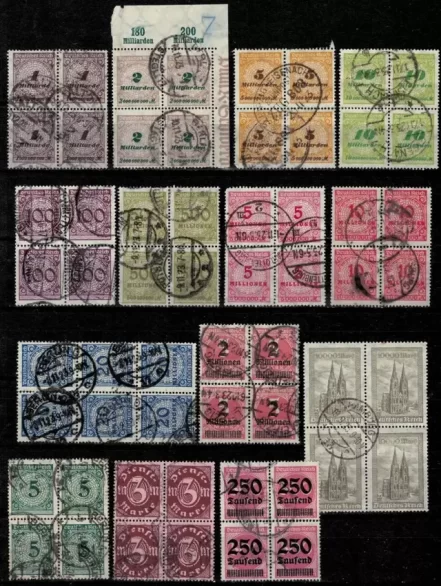
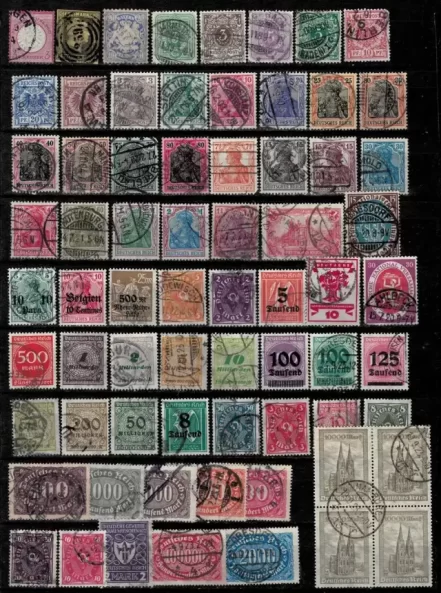
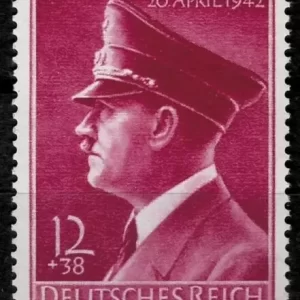
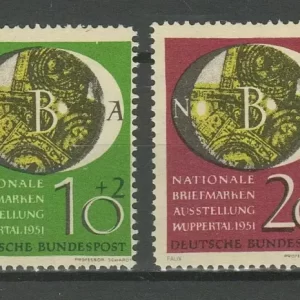
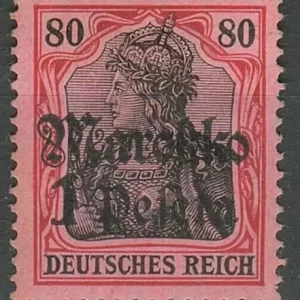
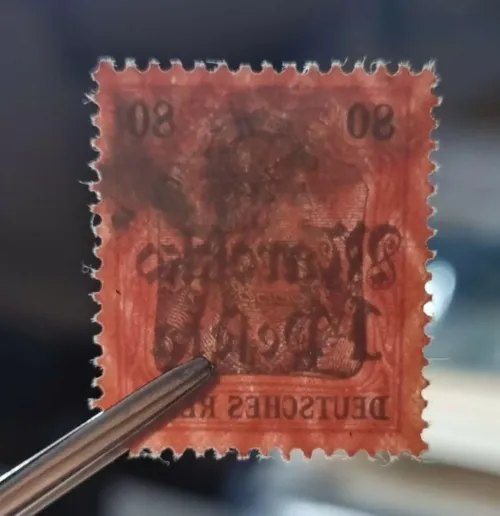
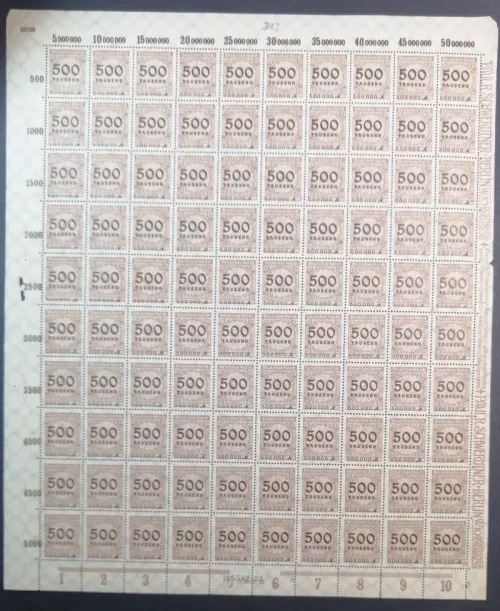
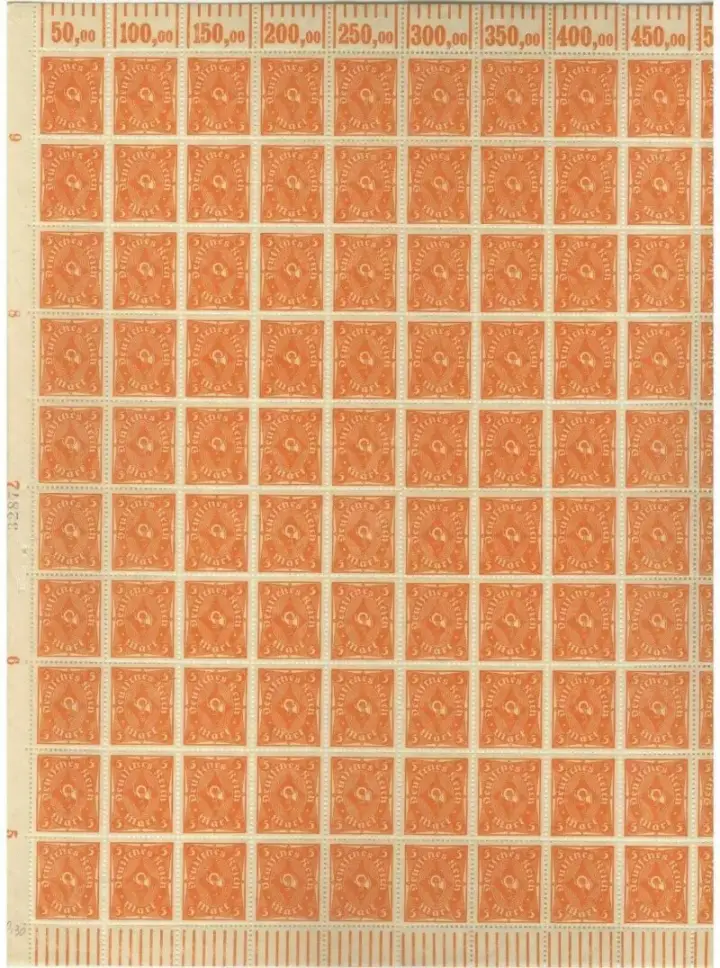

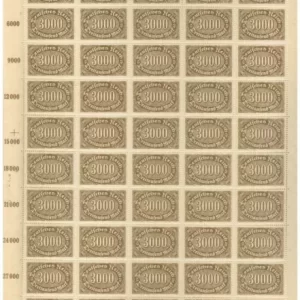
Reviews
There are no reviews yet.